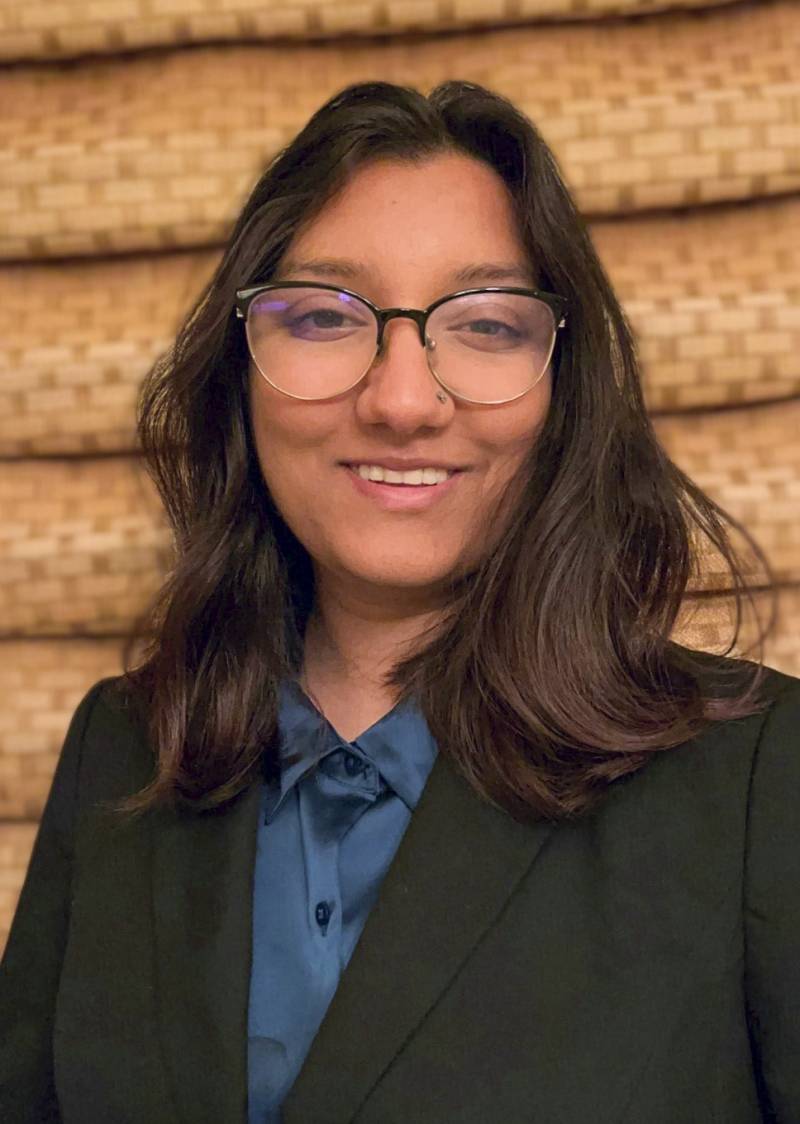“The data that they’re collecting is some of the best supernova data that we have today,” Agrawal said. “I thought it would be really interesting to be able to turn something that hasn’t really been seen in the public in this type of way into a sonification.”
Turning data from the heavens into music

Her piece of music is based on a data set from ZTF. Represented in the data is a supernovae’s redshift – caused by light traveling away from Earth – and luminosity, or (effectively) brightness. She converted these qualities into musical features like pitch and volume.
“I had 8,000 data points that I used, and that translated to 8,000 notes within my composition,” she said.
Then came the more interpretative, artistic side of the project. She created a MIDI file and, using a simple audio software on her computer, added modifications to make the piece more musical. “I added things like rhythms, chords, ambiance, sound effects,” she said.
Andrew Gilbert, a Berkeley-based arts and culture journalist, was impressed by the sense of peace and intimacy conveyed by Agrawal’s composition. Her goal was to create music to mediate or study to, something that might be at home in a science fiction film.
“I like her version of space,” said Gilbert, who felt he could hear something like Alice Coltrane’s harp in the piece. “You think of space as intimate and vast, [her song feels] intimate and lulling and inviting.”
Agrawal used it as a study tool in writing a research paper. “I was listening to it in the background because I was like, just for personal experiment, let me test how this works as Lo-Fi studying music,” she said. “And it was effective.”
Music as a tool for scientific connection
It’s also been a hit among astronomers and astrophysicists and at science fairs. Agrawal made it all the way from the district to the county to the state to the Regeneron International Science and Engineering Fair in Los Angeles this May. And she’s continuing to collaborate with Zwicky and CalTech on a tool that would allow members of the public to sonify astronomical data.
“I think this can have a lot of really great applications in getting people more interested in scientific research,” Agrawal said, “and feeling a greater connection to research that they might otherwise not have had an interest in.”
After this summer, she heads to Washington University in Saint Louis, where she plans to study music composition and astrophysics.
“I’ve been doing Indian classical dance since I was four,” she said. “I’ve studied different forms of Indian classical music. I’ve been in marching band, jazz band, orchestra.”
She thinks every kid goes through a phase of being amazed by the stars. She was just lucky enough to realize she enjoyed the mathematics of space, too. Her future career, she hopes, will combine these two loves.
"like this" - Google News
June 07, 2024 at 04:00AM
https://ift.tt/OvH6tia
If Exploding Stars Made Music, They'd Sound Like This - KQED
"like this" - Google News
https://ift.tt/9MA4qlK
Shoes Man Tutorial
Pos News Update
Meme Update
Korean Entertainment News
Japan News Update
No comments:
Post a Comment